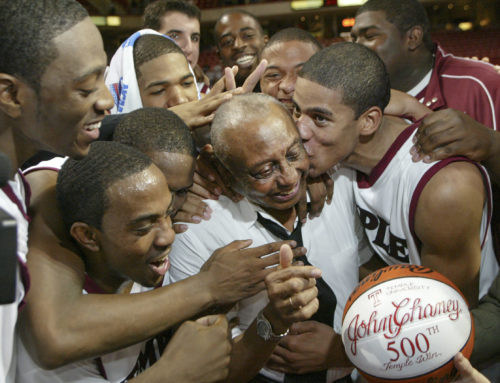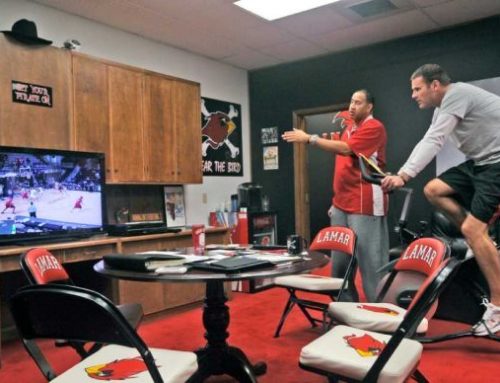In recent decades, shooting has become a crucial component of basketball. Getting a good shot is the foundation of offensive efficiency, so coaches urge their players to try to eliminate shots that will hurt the team. While this is standard logic, it is often unclear what a good shot actually is. Coaches and players have been historically in conflict over this issue and the absence of a clear answer contributes to that. We will explain what things players need to focus on when thinking about taking a shot.
The primary thing is that when a shot goes up, coaches and players should expect it to go in. That means that the player is known as a good shooter from that spot and is able to hit a shot from there regularly. Legendary Princeton coach Pete Carril once said that “bad shooters are always open” which means that open shots are not necessarily good shots. For instance, if a player is hitting only 10% of his threes, it would be counterproductive for the team if he or she takes one in the first few seconds of a possession, even if the shot is open. Coaches can establish a shooting hierarchy based on the data available, such as shot charts, and show their players from where they are the most effective. Moreover, teammates need to expect that a player will shoot it so they can act quickly and either crash the boards or run back on defense.
When it comes to rebounding, the shooter also needs to keep an eye on his teammates. If there are friendly jerseys under the hoop the shot is considered better as it is more likely the team will get an offensive rebound. Good shots don’t need to go in per se, but can end up in multiple possessions for the team. The shooter needs to be aware of his surroundings and the game situation in order to put up a good shot. If his/her team is leading and there is little time on the clock, a wide open three while there is still time left would be considered a bad shot as it gives the opponent a chance to get back into the game. Therefore, a good shot in one situation would be a bad one in another.
Now that we established scenarios in which a shot would be good, it is time to take a look from which spots these shots come from. Analytics determined that the corner three is one of the most efficient shots in basketball and teams around the world are starting to focus more and more on this particular spot. It gives great value when compared to the distance, and a wide open corner three is a shot that every coach should strive for. Coaches preach for shots around the rim as well. As they are the closest, they are the most easiest to hit so they can be considered one of the best options. Probably the best shot a player could get is a free-throw. It is the most efficient as almost every player is able to shoot north of 50% and it is always wide open. On free-throws, the defense is already set so there is no danger from fast breaks, and there are always two teammates ready to fight for the offensive rebound. The best players have the ability to draw fouls and get to the line frequently. They are called easy points for a reason.
It is important to note that bad shots can be considered good when certain players are shooting them. Some players are able to shoot over defenders in high percentages because of their height and length, so a shot that is generally considered “bad” becomes good by the standards described above. Great shooters are able to maintain focus when defenders are closing out so the presence of the defender doesn’t affect them as much. Great players can also shoot off balance shots such as fadeaways at a high rate. While it looks difficult and could be considered a bad shot, if the player is hitting it with consistency the shot must be considered good. For coaches, it is very important they know their personnel well in order to determine whether or not they are taking good shots. That way, they can educate their players to maximize their potential and help the team be more efficient.





